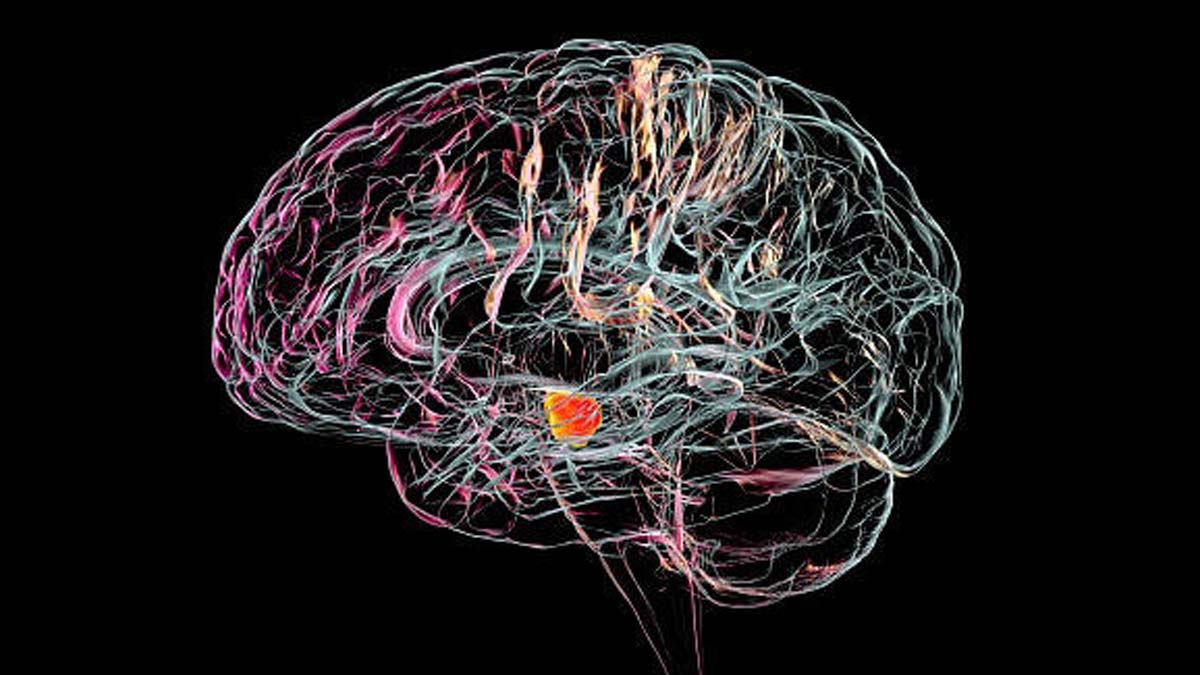
Recent research highlights a concerning link between the development of anxiety disorders in individuals aged 50 and above and an increased risk of Parkinson’s disease. This finding, published in the British Journal of General Practice, suggests that those newly diagnosed with anxiety later in life may face up to double the risk of developing Parkinson’s disease within a few years.
Table of Content:-
Understanding Parkinson’s Disease
Parkinson’s disease is a progressive nervous system disorder that initially presents with mild symptoms such as tremors. Over time, it can lead to significant impairments in movement, speech, and balance. Although there is no cure for Parkinson’s, medications can alleviate some of the symptoms, improving the quality of life for those affected.
Research Overview
The study, conducted by researchers in London, focused on individuals who were diagnosed with anxiety at the age of 50 or older. It did not consider anxiety diagnoses made earlier in life. The research team analyzed health records from primary care clinics in the United Kingdom, covering the period from 2008 to 2018. The dataset included over 870,000 people without a history of anxiety disorders and nearly 110,000 individuals newly diagnosed with anxiety.

Types of Anxiety Disorders Studied
The analysis included various anxiety conditions such as generalized anxiety disorder, panic disorder, phobias, and separation anxiety. Although anxiety is commonly diagnosed earlier in life, the study's focus on older adults revealed a notable association between anxiety and cognitive issues like memory and thinking skills.
Key Findings and Implications
The researchers discovered that the risk of developing Parkinson’s disease remained elevated even after adjusting for factors such as age, lifestyle, and the presence of other mental illnesses. The average time between a new anxiety diagnosis and a subsequent Parkinson’s diagnosis was just under five years.
Also Read: Centre Unveils 3 New Initiatives To Boost Healthcare Services
This research aligns with known risk factors for Parkinson’s disease, including being male, having depression, fatigue, cognitive problems, low blood pressure, tremors, rigidity, balance issues, constipation, and sleep disorders like sleep apnea and insomnia.
Expert Insights
Dr. Juan Bazo Alvarez from University College London, one of the study's researchers, emphasized the importance of these findings. He stated, “By understanding that anxiety and these associated features are linked to a higher risk of developing Parkinson’s disease over the age of 50, we hope that we may be able to detect the condition earlier and help patients get the treatment they need.”
Parkinson’s Disease Prevalence
According to the Parkinson’s Foundation, around one million people in the U.S. are living with Parkinson’s disease, with approximately 90,000 new diagnoses each year. Although most cases are diagnosed in individuals aged 50 or older, about 4% of diagnoses occur in those under 50. Men are 1.5 times more likely to be diagnosed with Parkinson’s than women.
Also Read: 21 Days Of Water Fasting Lead To 13 Kilos Weight Loss By This Man, Read The Viral Report Here
Causes of Parkinson’s Disease
Parkinson’s disease is characterized by the breakdown or death of neurons in the brain that produce dopamine, a crucial chemical for regulating brain activity. The exact cause of this neuronal damage is unknown, but both genetic factors and environmental influences are believed to contribute.
Bottomline
This study underscores the critical need for heightened awareness and early detection strategies for Parkinson’s disease, especially among older adults newly diagnosed with anxiety. By recognizing the potential link between these conditions, healthcare providers can better monitor at-risk patients and provide timely interventions to improve their long-term health outcomes.
Also watch this video
How we keep this article up to date:
We work with experts and keep a close eye on the latest in health and wellness. Whenever there is a new research or helpful information, we update our articles with accurate and useful advice.
Current Version